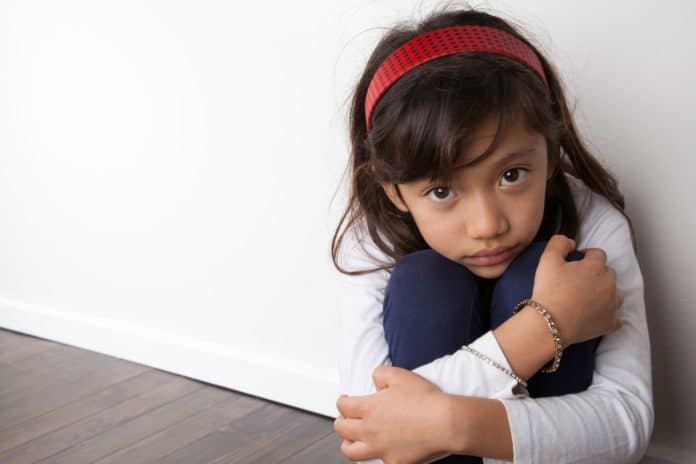More than 80% of adolescents worldwide are not physically active, putting their health at risk by not exercising regularly.
But what are the conditions that encourage people to participate in physical activities? What factors come into play?
A new study by the University of Geneva (UNIGE), Switzerland, in collaboration with Université Grenoble Alpes in France, examined the key factors that influence physical activity as an adult.
Scientists analyzed the data from 56,000 people in the SHARE database (Survey of Health, Aging, and Retirement in Europe), a European socio-economic database of over 25 countries. They found that cultural rather than economic factors are largely responsible for determining physical activity in adulthood. Moreover, they noted that women were affected by this phenomenon more than men, with the latter seemingly insulated from it.
Boris Cheval, a researcher at UNIGE’s Swiss Centre for Affective Sciences and the last author of the study, explains: “Earlier studies showed that the socio-economic conditions that children grow up in have a profound impact on whether they play sports in adulthood. The more disadvantaged the environment is, the less active the person will be.”
“Every two years, the level of physical activity of around 56,000 adults aged 50 to 90 was measured over 13 years.”
Scientists first determined the four indicators that aid them to comprehend the economic and cultural conditions: first, the number of books in the home at age ten and the profession of the parents (cultural indicators); secondly, overcrowding at home – i.e., the number of people in relation to the number of rooms – and the quality of the accommodation (material indicators).
Aïna Chalabaev, a researcher at Université Grenoble Alpes and the study’s first author, explains: “The initial finding was that 26.6% of women are inactive, compared to 23.4% of men under all conditions. First of all, we observed that material indicators didn’t play a determining role, unlike cultural indicators, which had a real influence on the person’s physical activity in adulthood.”
However, a clear difference was observed based on gender: the percentage of inactive culturally-advantaged men was 27.8% compared to 31.1% for disadvantaged men, while these figures were 29.6% and 37.9% respectively for women, a difference of 8.3% (compared to only 3.3% for men). The statistical models also confirmed that the adverse effect of this cultural inequality was significantly higher among women than men.
Dr. Cheval said, “This study confirms a theory put forward by Pierre Bourdieu’s sociologist. In disadvantaged social categories, childhood physical activities are geared towards competition and masculinity, like football and rugby. On the other hand, among the more privileged classes, these activities are less gendered, like tennis, golf or dance.”
Professor Chalabaev said, “This categorization of sports would further exclude young girls from disadvantaged social classes from taking part in physical exercise – an exclusion that would then become rooted in their adult behavior.”
“That’s why the gap is smaller in men. As a result of their gender, they seem to be better shielded from physical inactivity because playing sport is valued among boys, regardless of their socio-economic conditions.”
The study, in simple words, found that the cultural environment during childhood may play a determining role in physical activity behavior in adulthood. Therefore, it suggests the need to pay particular attention to children from disadvantaged social classes, especially girls.
Journal Reference:
- Aïna Chalabaev et al. Early-Life Socioeconomic Circumstances and Physical Activity in Older Age: Women Pay the Price. DOI: 10.1177/09567976211036061
